Is it possible to plant currants next to gooseberries and how to do it?
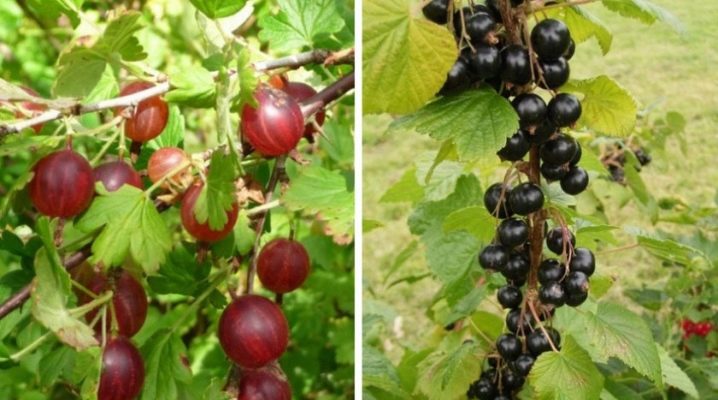
In order for all the plants in the garden to produce a rich harvest, it is very important to choose the right neighbors for them. Gooseberries and currants get along pretty well in the same area. The main thing is to provide them with proper care.
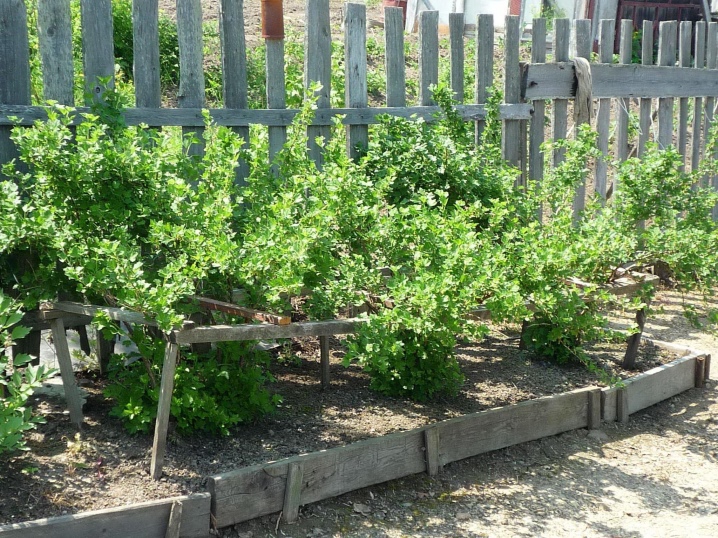
Compatibility features
It is recommended to plant black currants next to the gooseberry. Red has a common enemy with this plant. Therefore, it is not recommended to plant bushes nearby. Otherwise, it will be difficult to heal them from the moth. Separately, it should be said that it is also not recommended to place red and black currants nearby. They get along very badly together.
Gooseberries can only be planted next to currants if the soil is well prepared. In this case, such a neighborhood will benefit the entire plant. The surface of the site must be flat.
It is good if there is a fence or any building nearby. In this case, the plants will be well protected from the winds.
In the same area with gooseberries and currants, you can plant vegetables such as tomatoes and peppers, as well as onions with garlic. Feel good next to these shrubs and herbs.

How far can you plant?
For plants to feel comfortable, it is important that there is a sufficient distance between the bushes. In the process of planting, it is worth considering the characteristics of the selected plants.
Bushes that will grow in the same place for more than 10 years should be planted at a distance of one and a half meters. It is best to mark the territory in advance. The distance between the different rows is usually 2 meters.
If the bushes will be in one place for no longer than 5 years, they can be planted at a shorter distance.
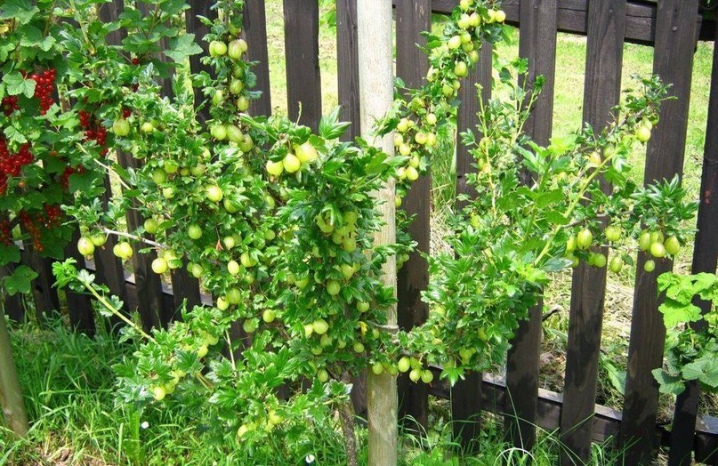
When planting bushes, the shape of the future plant also plays an important role. If the plants are naturally small, they can be planted at a distance of 1 meter. Large bushes of currants and gooseberries are placed a little further apart. If done correctly, the plants will not interfere with each other.
When planting currants and gooseberries on a new site, the seedlings must be carefully trimmed. In the process, dry and broken root areas must be removed. It is also important to cut off the aerial part of the roots.
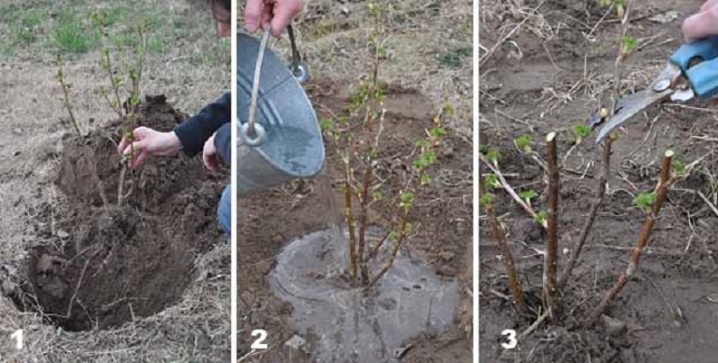
Care after landing
After planting plants, it is important for them to provide proper care. The bushes must be watered, fed and protected from pests in a timely manner. Caring for gooseberries and currants has a lot in common.
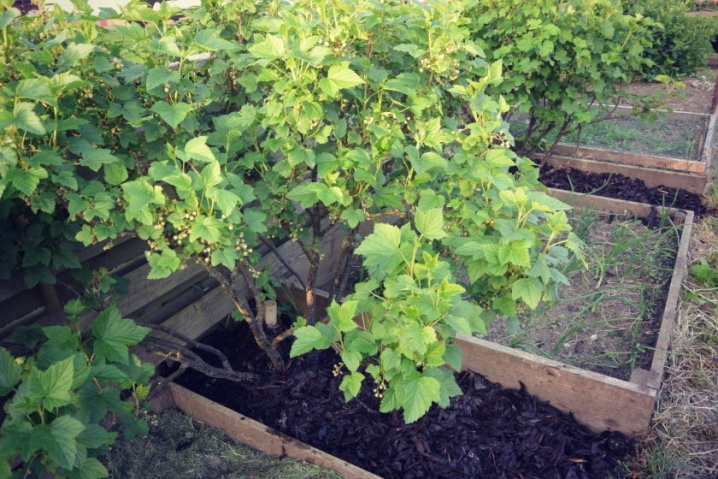
Watering
In the spring, black currants and gooseberries are watered about 5 times. One bucket of water is poured under each of the bushes. If the weather is too hot, the number of treatments has to be increased. In summer, the bushes are also practically not watered. It is also worth giving up watering in the process of gooseberry ripening. This is done to keep the berries sweet.
To retain moisture in the soil, the area next to the bush should be carefully mulched.
To do this, you can use rotted humus or peat. Mulching the soil will also help protect the plant from weeds. If the soil near the roots has not been mulched, it must be weeded and weed regularly. Only then can the plant remain healthy and strong.
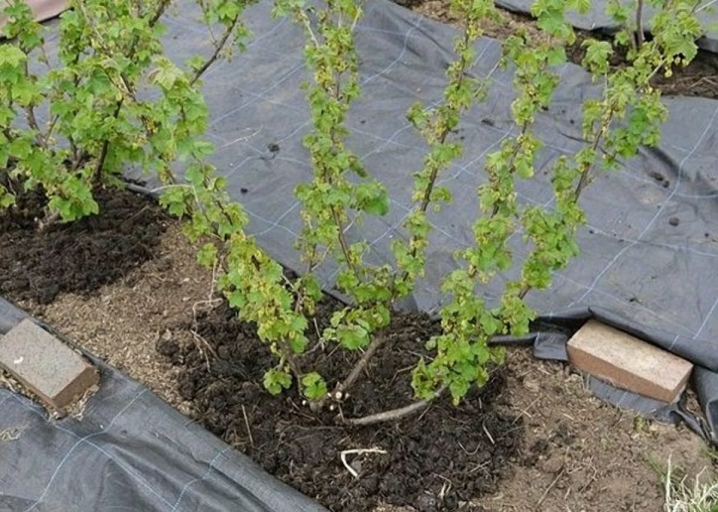
Top dressing
Gooseberries and currants are fed only once a season. Usually organic is used for this. Most often, young bushes are fed with rotted manure. Before fertilizing the soil, they are diluted in warm water. If the land is poor, the amount of fertilizing can be increased.But it is still not recommended to fertilize the site more than twice.
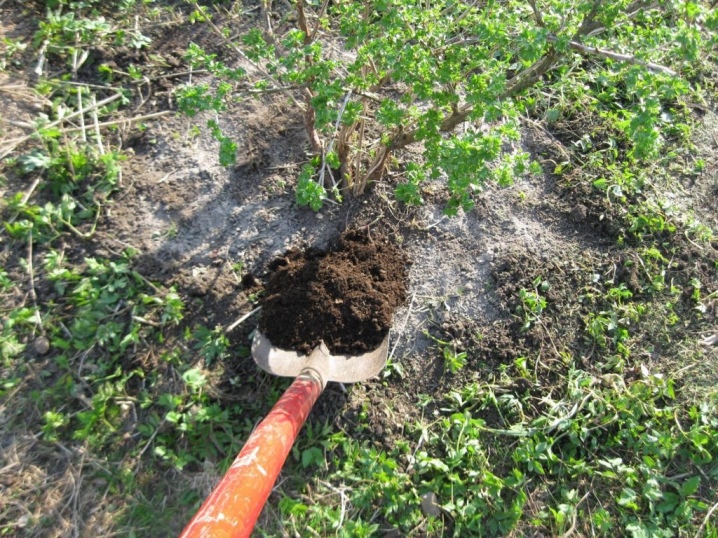
Protection from pests and diseases
Experienced gardeners know that gooseberries and currants suffer from the same diseases. Their pests also attack the same. Therefore, you can deal with them in the same way.
To protect plants, they are pre-sprayed with high-quality insecticides. This is usually done in the fall, after harvest. In the process of processing bushes, it is important to adhere to the instructions indicated on the package. Some gardeners in the fall simply pour boiling water over the bush. This treatment does not harm the kidneys.
In this case, hot water helps to get rid of most pests.
If several bushes are attacked by any insects or disease, they must be treated immediately. Otherwise, the entire area will be infected. If the disease is really serious, it is best to remove the bush and burn it immediately.
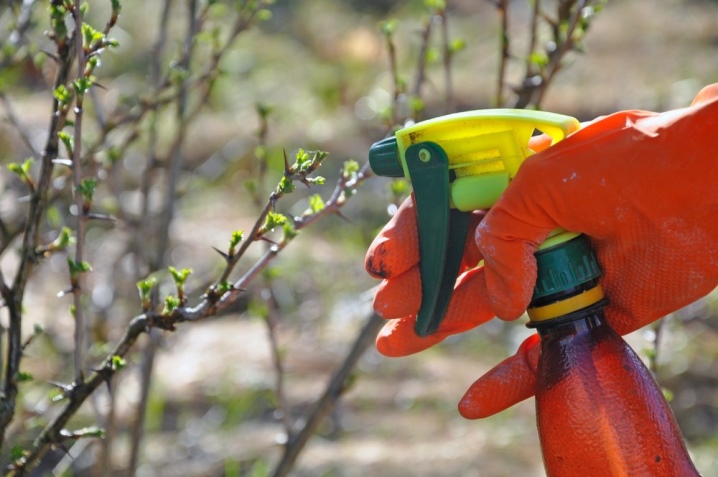
Garter bushes
To prevent plant branches from sagging under the weight of the berries, it is important to tie them up in a timely manner. This is important for both gooseberries and currants. As a support, you can use materials at hand. Most often, ordinary pegs are driven into the ground next to the bushes. Branches are tied to them with ropes. There are usually several pegs next to one large bush.
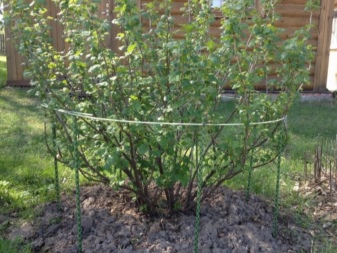
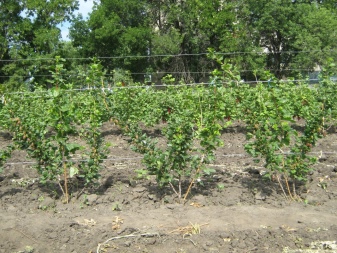
Pruning
Both gooseberries and currants need regular spring pruning. In the process, all broken branches are removed, as well as shoots that have frozen over the winter. Timely pruning of bushes improves the quality of the crop. In addition, picking berries from such bushes becomes much easier.
There is no need to cover plants for the winter. Both currants and gooseberries have excellent winter hardiness. This greatly simplifies the process of caring for the bushes.
Currants and gooseberries get along well in the same area. If properly cared for, they will delight the owners of the garden with a good harvest.














The comment was sent successfully.